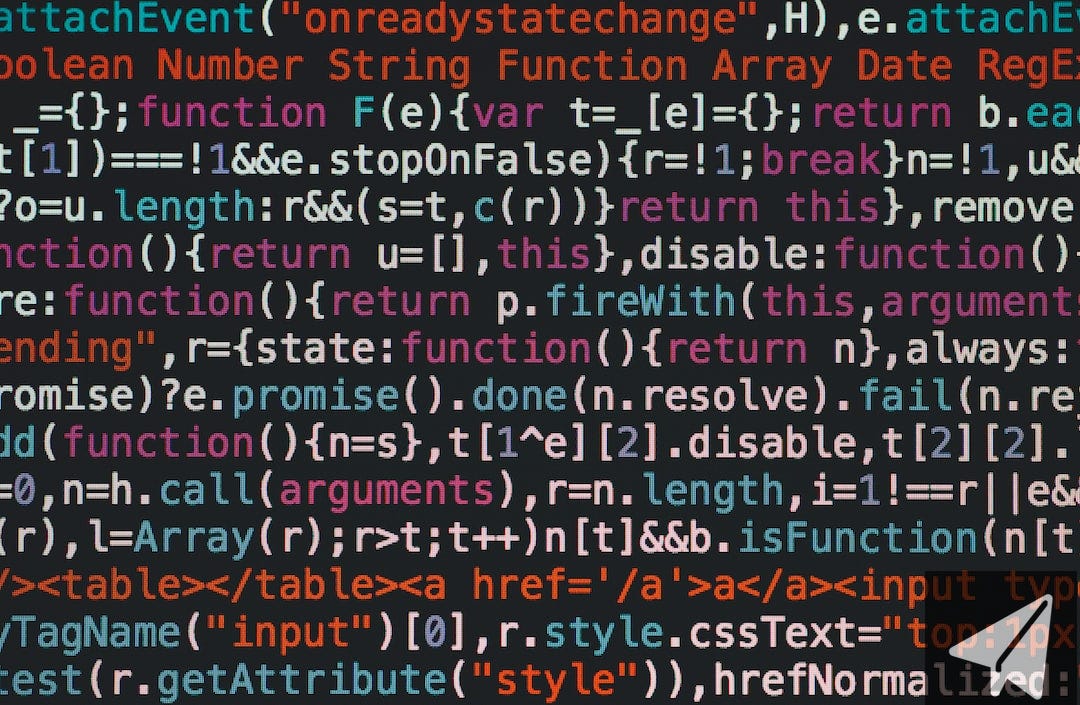5 MINS READ
Hello,
If you’ve been enjoying this newsletter in your mailbox,
Do you know the experience is WAY better on the site and the Substack app?
You can easily Toosie slide between issues, react and comment, restack, join our upcoming chatroom, discover other publications …
Whew!
Go here:
emmanuelpaulmaah.substack.comAs AI becomes interwoven with our society, it’s lingo would be one of those threads.
We’re having conversations about a technical field with its nice set of custom jargon.
It’s easy to get lost.
For today’s issue, we’ll make sure 5 of those sound like common English.
While we bring AI into societal conversations, we are inadvertently importing it’s technical language.
We can't truly understand the issues surrounding AI if difficult words keep getting in the way.
Poor thing is, we can't take them out of the way too. The better choice would be to understand them, right
Here's 5 of the most-brandished AI lingo.
Large Language Model
Photo by Carles Rabada on Unsplash
LLMs are huge AIs fed with colossal quantities of human language. The AI then learns the patterns between the words in its database so it can generate human language too.
Nothing new. Just advanced rearrangements of training data
Examples include OpenAI's GPT-4 and Facebook's LLaMa. They are foundation or base models.
We can then build chatbots over them. These chatbots, like ChatGPT and Bard, help us to interact with the LLM in a natural and more convenient way.
In a previous issue, we discussed how increasing a model's training data and computing power can lead to emergent capabilities.
LLMs are not perfect things. As they are very prone to hallucinations and biases.
Hallucination

Photo by Ehimetalor Akhere Unuabona on Unsplash
You've probably dealt with this one. And OpenAI even warned you about it.
You ask say, ChatGPT a question, and it just gives you false information.
Sometimes, it will make up nonexistent cases for your law assignment, or give you nonsensical details about a person.
And it will do so very confidently. ("with its full chest" like Nigerians say)
This habit is called hallucination. It happens because LLMs are fed with huge amounts of training data. Then, they are taught to repeat patterns in that data.
In that collosal sea of data, is likely a book on the history of law in Nigeria. You can agree with me that if I took two separate sentences from that book and mixed and matched them together, they might make sense but they won't be correct.
And that is more like what LLMs do.
Hallucination is a real headache. For us who use LLMs, and for tech companies, who are building this things.
The latter want us to have a measure of trust in AI. But hallucinations are a hurdle.
So next time someone says "ChatGPT can lie ehn", you can quip that it is actually "hallucinating" and look like a demigod or worse, an ITK, for two seconds.
Machine Learning
Machine learning is the major subfield of AI.
And this is the way most AI systems, including LLMs, are developed.
Unlike classic computing, where a programmer codes programs to follow a strict set of instructions, machine learning involves a host of techniques that make computer systems learn from large amounts of data.
Reinforcement Learning (With Human Feedback)

Photo by Andy Kelly on Unsplash
You may have done this yourself.
For each ChatGPT or Bard response, for example, there are like and dislike buttons.
What are those for?
It's a form of reinforcement learning. When we want to make AI systems better, we can employ reinforcement learning.
It is a method to make an AI system better by rewarding behaviors and responses we think are OK and penalizing undesirable ones.
It's like what your parents, teachers at school, teachers at church, neighbour, aunt, uncle, everybody did to you.
You do bad, and they spank you. You do good, and you are munching biscuits or coating your tongue in candy.
Reinforcement learning can be done by humans (with human feedback) or by other computers. It can also be done before the system is released or after it is released.
The latter is what you may have been doing.
When ChatGPT gives you exactly what you want, you smack the like and it blushes. When it lies, sorry, hallucinates, you slap the dislike button and prick the poor chatbot's conscience.
Although pioneered by DeepMind, RLHF is one of OpenAI's favourite ways of solving the alignment issue.
Well, some researchers don't think it is good enough. Or worse, that is bad.
How?
They say that by using RLHF, we are not really changing how an AI system behaves on the inside but only training it pretend to be polite and helpful.
We are rewarding OK responses, teaching the AI model that that it is what we like to see.
But however, whatever monsters they have, still lurk under the surface.
Problems never end?
Zero Shot Learning

Photo by Markus Spiske on Unsplash
You know AI is driven by data. And data makes it do amazing things.
But this superpower can also be it's Achilles's Heel.
The flaw is that if something isn’t contained in a system’s training data, to the model, it doesn't exist.
And the system may not be able to recognise it.
Let's say you're seated in your self-driving car and an elephant strolls to the middle of the road.
You car may not know what to do.
"What is this?"
"Should I swerve?"
"Is that an obstruction or a form of smoke?"
But why is it asking all this dumb questions?
Because it has never seen one before!
It has been taught what to do with traffic lights, children crossing and fellow cars. But no one has shown it images of an elephant and what to do if an elephant comes elephant-walking
This is where zero-shot learning becomes the saviour. It is a relatively new field that is working to fix this problem.
How they do it?
By building AI systems that don't just stay glum with their training data but can extrapolate from it to identify something they haven’t seen before.
So you don't go smack into the elephant's side belly.
BONUS: Turing Tes
Alan Turing, a British computer scientist was perturbed by a question.
“Can machines think?”
And he set out to answer it.
In 1950, he created a test he called the imitation game to see if a computer could ever convince a person that they were talking to another person, rather than to a computer.
It came to be known as the Turing Test.
If a computer could pass the test, then we could say it could “think”
In recent years, chatbots have become capable of passing the Turing test.
However, we know that this does not mean that they “think” at all.
Turing, whose imitation game or Test even preceded the digital computer, was making a radical argument.
Digital computers are not a pipe dream, and it is very possible that with the right design and enough power, they'd be able to do the things we associate with humans.
So, that's it.
Now that you understand these, we can clink our wine glasses and continue chatting in our secret language.
Hehehe…
Prompt of the Day
Copy and paste this into ChatGPT:
Analyze [BUSINESS] and recommend ways to improve [ASPECT]Tool of the Day
Dropchat is an AI chatbot for students
Did You Know
On 30 Nov. 2022, exactly one year today, ChatGPT was released by OpenAI.
Thanks for reading this issue. Would you like more AI terms?
Share the newsletter
emmanuelpaulmaah.substack.comThanks a billion.
With love and ink,
Emmanuel







